Hyundai i20 vs SsangYong Tivoli – Which car suits you better?
Everyday use, family trips or long-distance drives – here’s where the differences show.
Discover whether Hyundai i20 or SsangYong Tivoli fits your lifestyle better.
Costs and Efficiency:
Price and efficiency are key factors when choosing a car – and this is often where the real differences emerge.
Hyundai i20 has a noticeable advantage in terms of price – it starts at 17400 £, while the SsangYong Tivoli costs 21400 £. That’s a price difference of around 4020 £.
Fuel consumption also shows a difference: Hyundai i20 manages with 5.20 L and is therefore clearly perceptible more efficient than the SsangYong Tivoli with 7 L. The difference is about 1.80 L per 100 km.
Engine and Performance:
Power, torque and acceleration are the classic benchmarks for car enthusiasts – and here, some clear differences start to show.
When it comes to engine power, the SsangYong Tivoli has a distinct edge – offering 163 HP compared to 100 HP. That’s roughly 63 HP more horsepower.
In terms of top speed, the Hyundai i20 performs barely noticeable better – reaching 183 km/h, while the SsangYong Tivoli tops out at 181 km/h. The difference is around 2 km/h.
There’s also a difference in torque: SsangYong Tivoli pulls noticeable stronger with 280 Nm compared to 200 Nm. That’s about 80 Nm difference.
Space and Everyday Use:
Beyond pure performance, interior space and usability matter most in daily life. This is where you see which car is more practical and versatile.
Both vehicles offer seating for 5 people.
In curb weight, Hyundai i20 is clearly perceptible lighter – 1088 kg compared to 1375 kg. The difference is around 287 kg.
In terms of boot space, the SsangYong Tivoli offers significantly more room – 720 L compared to 352 L. That’s a difference of about 368 L.
In maximum load capacity, the SsangYong Tivoli performs a bit better – up to 1440 L, which is about 275 L more than the Hyundai i20.
When it comes to payload, Hyundai i20 hardly perceptible takes the win – 472 kg compared to 455 kg. That’s a difference of about 17 kg.
Who wins the race?
The SsangYong Tivoli proves to be is largely superior and therefore becomes our DriveDuel Champion!
SsangYong Tivoli is the better all-rounder in this comparison.
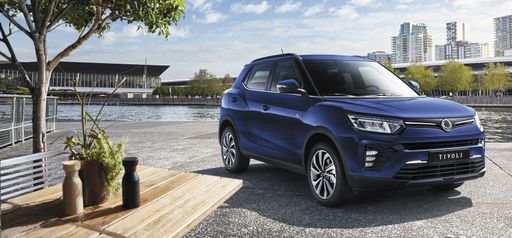
SsangYong Tivoli
Hyundai i20
The Hyundai i20 impresses with its sleek design and modern aesthetics, making it a stylish choice in the compact car segment. Its interior is thoughtfully designed, offering comfort and advanced technology for a pleasurable driving experience. The vehicle also stands out with its efficient performance and agile handling, making city driving a breeze.
details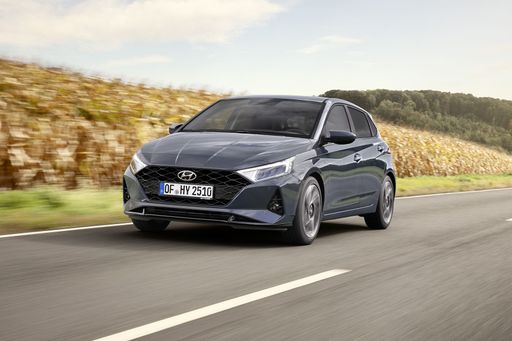 @ hyundai.news
@ hyundai.news
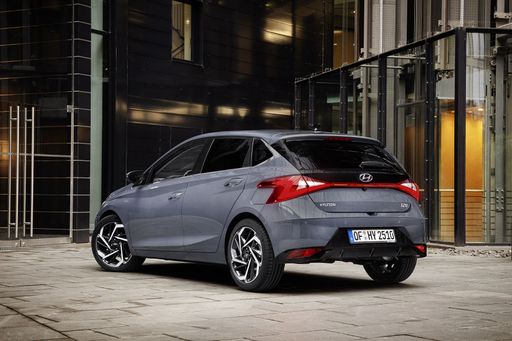 @ hyundai.news
@ hyundai.news
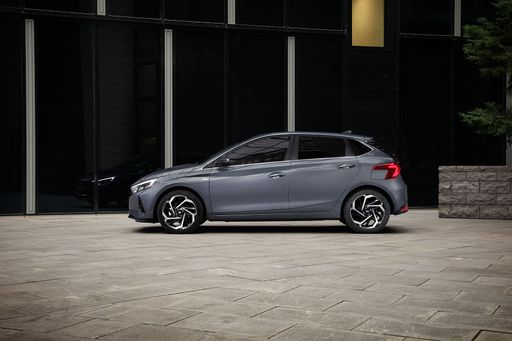 @ hyundai.news
@ hyundai.news
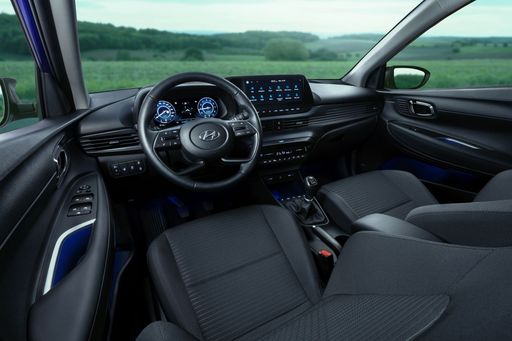 @ hyundai.news
@ hyundai.news
 @ hyundai.news
@ hyundai.news
SsangYong Tivoli
The SsangYong Tivoli is a compact SUV that seamlessly blends style with practicality, making it an appealing choice for urban drivers. Its sleek design is complemented by a well-crafted interior, offering a comfortable and spacious experience for passengers. With its reliable performance and modern features, the Tivoli stands out as a versatile option in the competitive compact SUV market.
details @ Ssangyong
@ Ssangyong
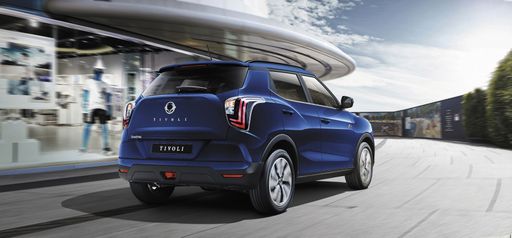 @ Ssangyong
@ Ssangyong
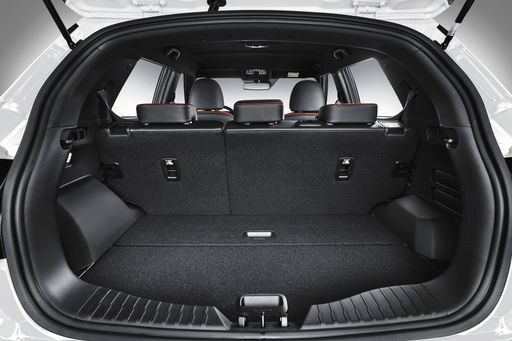 @ Ssangyong
@ Ssangyong

|

|
|
|
|
Costs and Consumption |
|
|---|---|
|
Price
17400 - 24000 £
|
Price
21400 - 30300 £
|
|
Consumption L/100km
5.2 - 5.3 L
|
Consumption L/100km
7 - 8.3 L
|
|
Consumption kWh/100km
-
|
Consumption kWh/100km
-
|
|
Electric Range
-
|
Electric Range
-
|
|
Battery Capacity
-
|
Battery Capacity
-
|
|
co2
119 - 121 g/km
|
co2
161 - 191 g/km
|
|
Fuel tank capacity
40 L
|
Fuel tank capacity
50 L
|
Dimensions and Body |
|
|---|---|
|
Body Type
Hatchback
|
Body Type
SUV
|
|
Seats
5
|
Seats
5
|
|
Doors
5
|
Doors
5
|
|
Curb weight
1088 - 1190 kg
|
Curb weight
1375 - 1492 kg
|
|
Trunk capacity
352 L
|
Trunk capacity
395 - 720 L
|
|
Length
4065 - 4075 mm
|
Length
4225 - 4480 mm
|
|
Width
1775 mm
|
Width
1810 mm
|
|
Height
1450 - 1455 mm
|
Height
1613 - 1646 mm
|
|
Max trunk capacity
1165 L
|
Max trunk capacity
1115 - 1440 L
|
|
Payload
450 - 472 kg
|
Payload
425 - 455 kg
|
Engine and Performance |
|
|---|---|
|
Engine Type
Petrol
|
Engine Type
Petrol
|
|
Transmission
Automatic, Manuel
|
Transmission
Manuel, Automatic
|
|
Transmission Detail
Dual-Clutch Automatic, Manual Gearbox
|
Transmission Detail
Manual Gearbox, Automatic Gearbox
|
|
Drive Type
Front-Wheel Drive
|
Drive Type
Front-Wheel Drive, All-Wheel Drive
|
|
Power HP
79 - 100 HP
|
Power HP
163 HP
|
|
Acceleration 0-100km/h
11.1 - 13.7 s
|
Acceleration 0-100km/h
-
|
|
Max Speed
166 - 183 km/h
|
Max Speed
175 - 181 km/h
|
|
Torque
113 - 200 Nm
|
Torque
260 - 280 Nm
|
|
Number of Cylinders
3 - 4
|
Number of Cylinders
4
|
|
Power kW
58 - 74 kW
|
Power kW
120 kW
|
|
Engine capacity
998 - 1197 cm3
|
Engine capacity
1497 cm3
|
General |
|
|---|---|
|
Model Year
2024
|
Model Year
2021 - 2024
|
|
CO2 Efficiency Class
D
|
CO2 Efficiency Class
F, G
|
|
Brand
Hyundai
|
Brand
SsangYong
|
What drivetrain options does the Hyundai i20 have?
The Hyundai i20 is offered with Front-Wheel Drive.
The prices and data displayed are estimates based on German list prices and may vary by country. This information is not legally binding.
